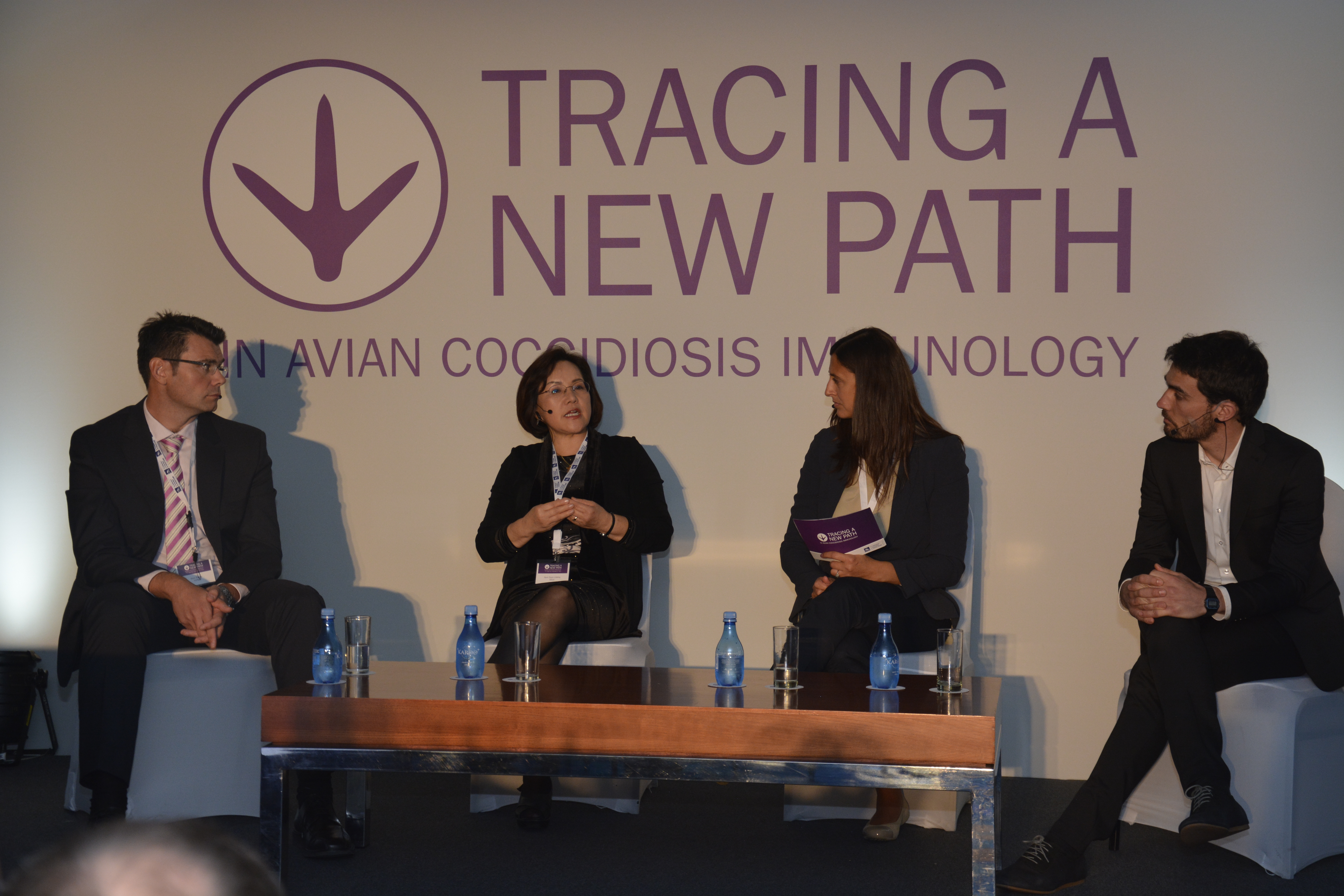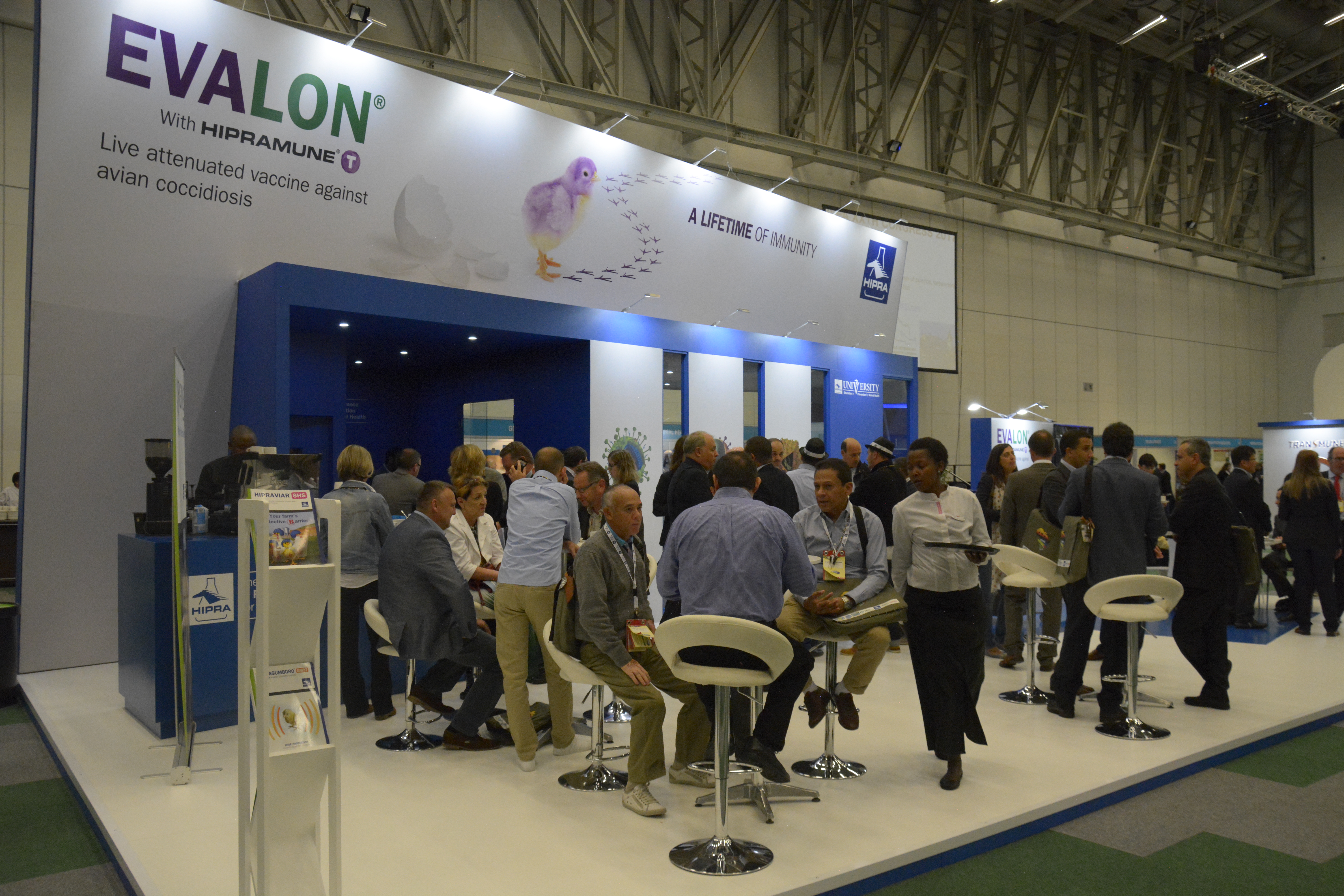



A New Era Solution for Coccidiosis
GLOBAL - Animal health company, HIPRA, has launched an innovation that promises to control Coccidiosis for up to sixty weeks, reports Glenneis Kriel.The product targets the “Big Five” strains, Eimeria acervulina, E. brunetti, E. maxima, E. necatrix and E. tenella, and was launched on the eve of the official opening of Congress of the World Veterinary Poultry Association that took place in Cape Town, South Africa.
Coccidiosis has long been one of the most common causes for loose droppings in poultry across the world. The parasites that cause the disease damage the gut of chickens resulting in symptoms such as gut lesions, poor feed conversion, impaired growth and in severe cases mortality.
Dr Marc Pagès, project manager R&D Biologicals – Coccidia Projects, HIPRA, said at the HIPRA event that this latest innovation is bringing the industry closer to a final solution to this problem.
The innovation consists of the EVALON® vaccine that is used along with the adjuvant, HIPRAMUNE® T. The combination is administered through a high-tech spray device, called Hipraspray®.
Administration is monitored using Hipralink software that allows traceability from the administration of the vaccine in the hatchery to the arrival of the chick on the farm.
The vaccine
The EVALON® vaccine is made from attenuated strains of E. acervulina, E. brunetti, E. maxima, E. necatrix and E. tenella, making the vaccine safer and easier to manage than non-attenuated strains that are taken directly from the field, according to Dr Pagès. Since it doesn’t require the use of anticoccidial medication, as is often the case with non-attenuated vaccines, there is a lower risk for the development of disease resistance.
The vaccine is used along with the adjuvant HIPRAMUNE® T. Studies by Professor Emilio de Cacho of the University of Zaragoza in Spain showed that the HIPRAMUNE® T not only boosted the efficacy of EVALON® vaccine, but also the duration of immunity up to 60 weeks.
The adjuvant contains a purple colourant as well as a flavouring to activate preening in the day old chicks. The chicks ingest the vaccine as they preen each other.
Dr Pagès explained that chicks start to shed vaccine oocysts via droppings about seven days after they have been vaccinated. Sporulation of oocysts takes place about two days after shedding.
“All the chicks have to ingest these sporulated vaccine oocysts a second time to get full protection,” he said.
Sporulation requires humidity levels of at least 50 per cent and that litter shouldn’t be too dry. Dr Pagès said that humidity could be increased by increasing the stock density or the moisture content of the litter, but producers should watch out for fungal disease if they decide to increase the moisture content of the litter.
Administration
The treatment has been designed to be administered with Hipraspray®. Martina Dardi, Corporate Group Product Manager at HIPRA explained that day-old chicks are sprayed at the hatchery. The sprayer has been designed to give a precise and even dispersion of the vaccine within the chicks’ boxes.
It also adds traceability to the system by recording treatments as they happen and saving these for future use in a central system. “It is a new way of administration in line with the latest technological developments in terms of the rising demand for traceability. It also requires little labour,” Ms Dardi said.
Carlos Montañes Managing Director of HIPRA, told delegates that this innovation is one of many that HIPRA will launch in the coming years: “With Evalon, HIPRA will offer its customers not only a coccidiosis vaccine, but a global solution for coccidiosis vaccines application able to ensure the best vaccination practices and traceability.”











